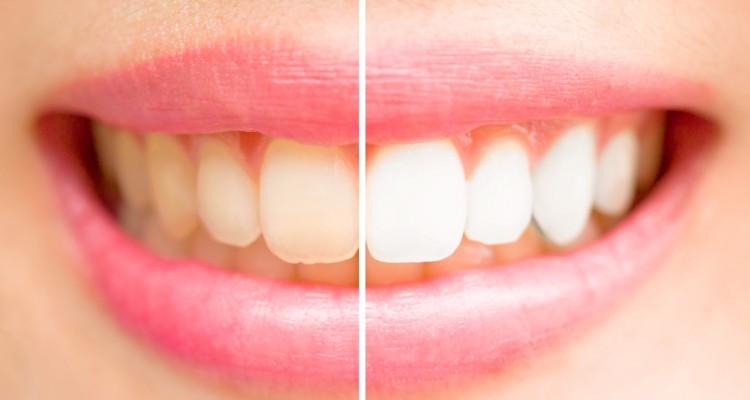One of the best things that you can do to make yourself look younger and more attractive is to have a terrific smile, with white, healthy teeth. Cosmetic dentists have reported that nearly every single person who responded to a survey said that a good smile makes a person more attractive. Although we are all interested in looking appealing to others, good oral health is more than that. In fact, the health of your teeth and gums can impact the health of other parts of your body. So, follow these steps to take care of your teeth and your overall health.
Brush early and often.
The first line of defense against an unhealthy mouth and a poor smile is brushing your teeth regularly. A good brushing routine removes food particles that feed harmful bacteria, cleans your teeth so that they are white, and keeps your breath fresh. Always remember to use a toothbrush that contains fluoride, as that chemical helps strengthen teeth. A good guideline is to brush your teeth for two minutes, every single time that you brush. This is easy if you have an electric toothbrush with a built-in timer. Otherwise, take your cell phone with you and set the timer for two minutes.
Don’t forget to floss.
Floss your teeth twice daily. While it is important to remove food and bacteria from your teeth by brushing, flossing helps remove these from between your teeth. This helps prevent gum disease. If you can absolutely only floss once daily, be sure that it is in the evening, before you go to bed. When we sleep, we don’t produce much saliva, nor do we swallow. This provides the perfect environment for bacteria to grow. If there are food particles left in your mouth, the bacteria can feed on them.
See your dentist twice a year.
Visiting your dentist every six months should be part of your regular health care routine. You wouldn’t skip out on seeing your primary health care physician for a yearly physical, right? Your oral health is very important too, so you should keep those appointments with your dentist, even if you are not having any problems at all. A dentist can usually spot problems in the early stages, and they can be treated before they become full-blown trouble spots! If you are prone to having cavities or if you have issues with gum disease, you might even think about seeing your dentist more often than twice a year – perhaps every four months. In addition, if you have other health problems that might affect your oral health, like diabetes or cancer, see if your dentist recommends that you alter your schedule for dental visits.
Eat well.
One of the best things that you can do for your oral health is to eat a healthy diet. Eat foods that include lots of calcium to promote tooth health – like milk, cheese, yogurt, kale, and sardines. Then, try to limit foods that contain sugar or that may stick to your teeth. Bacteria feed on the sugar, and if that is stuck between your teeth, it provides an atmosphere for bacteria growth and gum disease. If you do eat sweets, brush your teeth immediately afterwards. If you can’t do that, at least rinse your mouth with water to clear out as much or the sugar as possible.
Smoke-free is the way to be.
Avoid smoking and do not use smokeless tobacco. Smokers are far more likely than nonsmokers to develop gum disease. In addition, people who use smokeless tobacco are more likely to develop a variety of oral cancers, including those affecting the lips, tongue, cheeks, and gums.
Consider whitening your teeth.
To brighten their smile, many people use whitening products. Over-the-counter products are very safe and effective for staining that is minor. Your dentist can whiten your teeth if the staining is more severe. One thing to consider before whitening is whether your teeth and gums are healthy enough to do it; check with your dentist to be sure.
Explore cosmetic procedures.
One way to have a fantastic smile is to create one cosmetically. Over the past decade, cosmetic dentistry has advanced a great deal, and many problems can be fixed through veneers, crowns, orthodontics, or other cosmetic procedures. The biggest challenge related to cosmetic dentistry is that it is not commonly covered by insurance, so it is important to consult carefully with a cosmetic dentist before any procedure begins.




